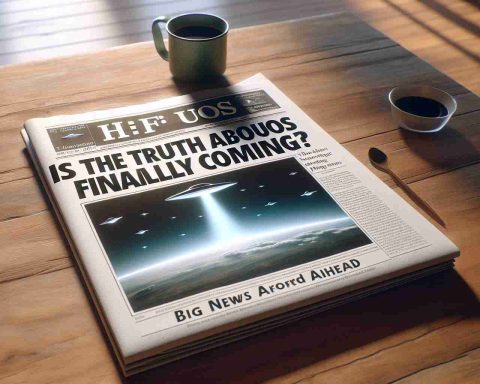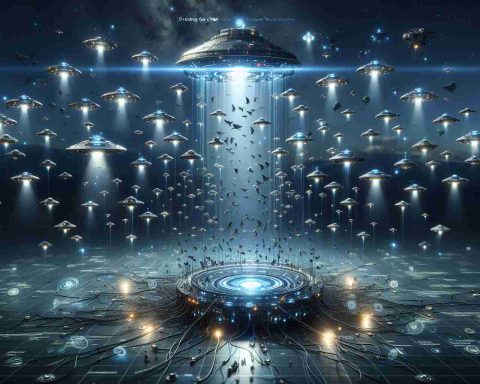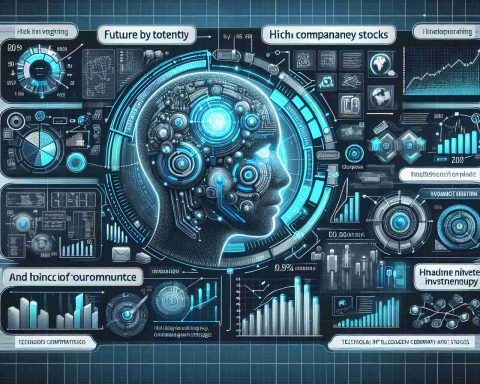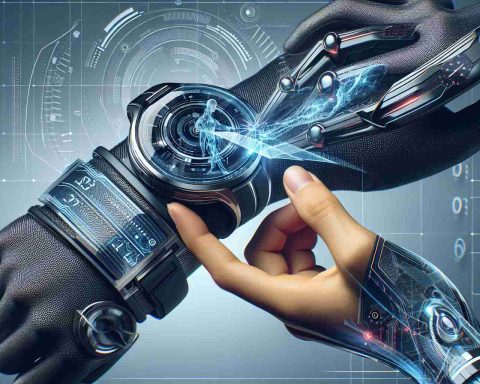Exploring the Aliens of Star Trek: Section 31
The upcoming Star Trek: Section 31 marks a remarkable return to the unexplored “Lost Era,” spanning 75 years between Captain Kirk and The Next Generation. This series reintroduces several iconic alien races that have been absent from the franchise for decades.
Deltans, originally featured in The Motion Picture, are finally back, represented by a new main character, Melle. This female agent, portrayed by Humberly Gonzalez, uses her Deltan allure as a tool within Section 31.
Also returning are the Human Augments. Alok, played by Omari Hardwick, is a genetically enhanced character revisiting the themes of Khan and his faction from the late 20th century, further illustrating the dark legacy of engineered superhumans.
Another exciting inclusion is a Chameloid operative named Quasi, played by Sam Richardson. First seen in Star Trek VI, this shapeshifter brings a fresh twist to the series, reigniting interest in lesser-known alien races.
Additionally, fans of The Next Generation will recognize a young Rachel Garrett, who is on the path to becoming the first female Captain of the Enterprise.
Lastly, the series hints at the return of the Conspiracy aliens, featuring a peculiar character controlled by microscopic beings, drawing connections to earlier episodes about alien influences within Starfleet.
With these nostalgic callbacks, Section 31 promises to thrill both long-time fans and newcomers alike!
The Broader Implications of Star Trek: Section 31’s Return to Iconic Alien Races
The resurgence of beloved alien races in Star Trek: Section 31 is not solely a nostalgic endeavor; it taps into broader societal and cultural dialogues surrounding identity, power, and the human experience. As these diverse characters make their return, they evoke themes that resonate with contemporary issues such as genetic engineering, surveillance, and the moral complexities of authority—elements strikingly relevant in today’s global landscape.
The exploration of genetic enhancement, exemplified by the Human Augments, opens a dialogue about bioethics and the implications of scientific advancements on social dynamics. With CRISPR and other gene-editing technologies emerging, society grapples with questions of equity and the definition of humanity itself. The allegorical nature of Star Trek allows audiences to reflect on these real-world dilemmas within the framework of speculative fiction.
Moreover, the presence of diverse alien cultures illustrates the richness of perspectives that global narratives can offer. The Deltans, Chameloids, and Conspiracy aliens serve as reminders of how inclusion and representation strengthen cultural narratives. As audiences increasingly seek media reflective of their own varied experiences, Star Trek continues to lead in portraying complex characters that challenge stereotypes.
Finally, the series’ potential environmental themes could be explored through alien technologies and their implications for sustainability. The fascination with advanced civilizations often encourages viewers to reconsider humanity’s stewardship of the planet. As we anticipate the release, it is clear that Star Trek: Section 31 is poised not only to entertain but also to provoke critical thought about our place in an interconnected universe.
The Hidden Legacy of Star Trek: Section 31 — A Deep Dive into New Elements and Features
Exploring the Aliens of Star Trek: Section 31
The highly anticipated series Star Trek: Section 31 is not just a nostalgic journey; it is a bold exploration of the “Lost Era,” a unique timeframe of 75 years that has been largely uncharted between the voyages of Captain Kirk and the adventures depicted in Star Trek: The Next Generation. This series not only reintroduces fan-favorite alien races but also enriches the Star Trek universe with innovative themes and compelling character arcs that reflect contemporary narratives.
Returning Alien Races and Characters
Among the legacies being revived is the Deltan race, particularly through the character of Melle, deftly played by Humberly Gonzalez. Deltans, known for their sensual allure and empathic abilities, present a fascinating moral quandary as Melle navigates the murky waters of espionage within Section 31. This character adds depth to the representation of Deltans, moving beyond their previous portrayals in The Motion Picture.
Another significant addition is Alok, a Human Augment portrayed by Omari Hardwick. This character embodies the ongoing narrative surrounding genetic enhancements, echoing the complex themes introduced by Khan and his followers. Alok’s presence suggests a deeper investigation into the ethics of human enhancement, a topic that resonates with modern audiences as debates around genetic engineering continue to evolve.
The series also features a Chameloid operative named Quasi, skillfully brought to life by Sam Richardson. Quasi’s shapeshifting abilities are sure to introduce dynamic plot twists and challenge perceptions of identity and agency in undercover operations.
Additionally, fans will be delighted by the young Rachel Garrett, who is depicted on her journey to becoming the first female Captain of the Enterprise. This storyline not only pays homage to the rich history of Starfleet’s command but also promotes themes of empowerment and leadership within the sci-fi genre.
Intriguing New Characters and Plot Elements
The series teases the involvement of the Conspiracy aliens, a concept that originally stirred intrigue in the franchise. The depiction of a character under the influence of microscopic beings could pave the way for narratives centered around manipulation and control, challenging traditional interpretations of loyalty and trust within Starfleet.
Thematic Innovations and Contemporary Relevance
Star Trek: Section 31 draws on contemporary societal themes, including the ethics of surveillance, the implications of biotechnology, and the nature of power within organizations. The clandestine operations of Section 31 serve as a backdrop for discussions about morality in the pursuit of security, a relevant theme in today’s world of technological advances and privacy concerns.
Potential for Expanding the Star Trek Universe
The series has the potential to expand the Star Trek universe beyond its established boundaries, creating new lore while building upon existing narratives. By integrating lesser-known alien races and delving into their histories, such as the Chameloids and Deltans, Section 31 can provide viewers with a broader understanding of interstellar relations and cultural diversity.
Market Insights and Audience Expectations
As a product of the Star Trek franchise, Section 31 arrives with high expectations. The show has generated significant interest among both veteran fans and a new generation of viewers. Through thrilling plots and complex characters, the series aims to strike a balance between nostalgia and innovation, potentially influencing merchandise, adaptations, and other media expansions within the franchise.
Trends and Innovations
The modern Star Trek era is characterized by its commitment to inclusivity and representation. As Section 31 introduces strong female leads and complex narratives surrounding genetic diversity, it sets a trend for future storytelling in sci-fi to focus on deeper character development and socially relevant themes.
Conclusion
With its return to beloved alien races and the inclusion of groundbreaking new characters, Star Trek: Section 31 promises to engage audiences by pushing the boundaries of the narrative framework established in earlier series. As the premiere approaches, fans eagerly await how these elements will unfold on screen, sure to resonate with both long-time enthusiasts and those new to the franchise.
For more exciting developments within the Star Trek universe, visit Star Trek.


















